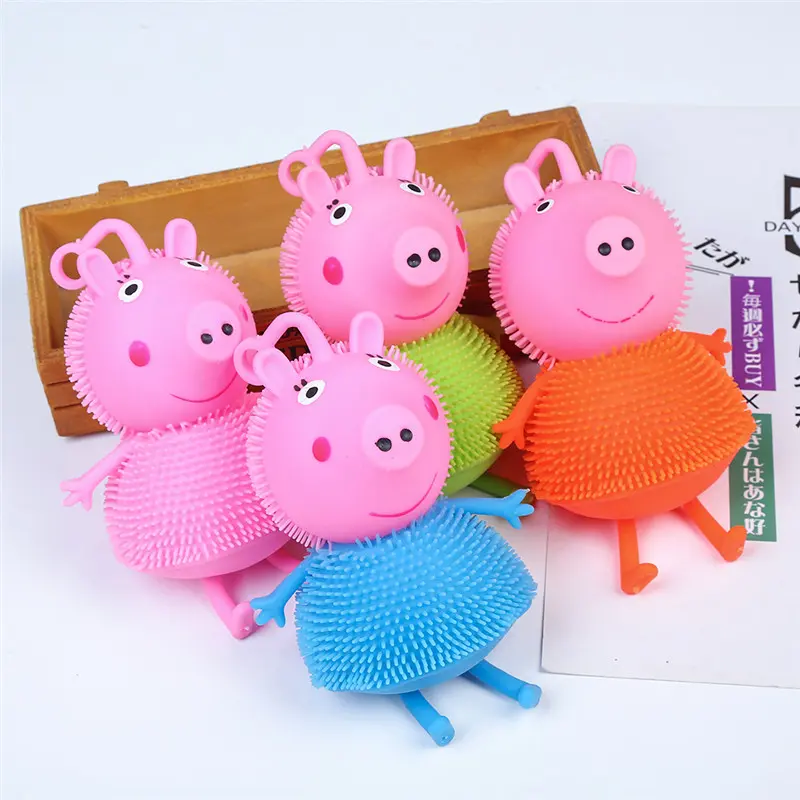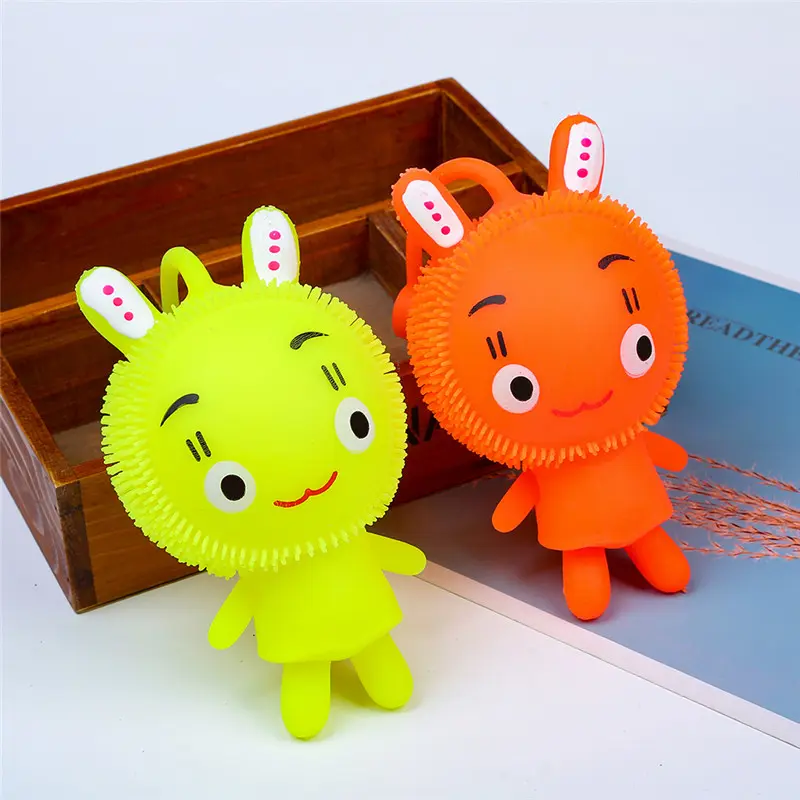Customer Groups for Stress-Relief Squeezable Toys
I. Core Consumer Groups: Dual Segments of Age and Needs
1. Young Children (3-8 Years): Sensory Exploration and Emotional Development
Nature of Needs: This group prioritizes tactile experience and emotional regulation. A Guangzhou Daily survey shows that children aged 4-5 already find psychological comfort in squishy silicone toys. Parents prioritize material safety (over 80% use food-grade silicone) and relatable designs (animal and food-like models have a 37% repurchase rate).
Purchasing Characteristics: Parents primarily make the decision, are highly price-sensitive (preferring the $1-5 range), and primarily target offline stationery stores and Amazon’s home goods section. Due to parenting anxieties, purchase frequency in North America is 2.3 times higher than in Asia Pacific.
2. Teenagers (9-18 years old): Social Currency and Stress Relief
Demand Nature: Academic pressure drives rigid demand, with middle school students spending an average of 1,000 yuan per month. Blind bag play and ASMR sound effects are key drawcards—conversion rates for pinching music videos with sound effects are 230% higher than for regular products.
Purchasing Characteristics: Over 70% of purchases are made independently, with a 62% conversion rate for promotional content on social platforms like TikTok. Southeast Asian Gen Z prefers fluorescent colors and astrology-themed products, while those in the US and Europe prefer customized IP collaborations.
3. Parent-Child Co-Purchasing Group: Family Emotion Management Solutions
Demand Nature: Driven by the dual needs of both parents and children, 64% of female parents purchase for the dual purpose of “helping their children relieve stress and relaxing themselves.” Product sets that allow for parent-child interaction are 40% more likely to command a premium.
Purchasing Characteristics: Amazon Prime members account for 58% of orders, and they prefer to verify product quality through live unboxing. The North American market is most willing to purchase products that combine biodegradable materials with safety certifications.
II. B-End Purchasing Groups: Scenario-Based Demand and Bulk Purchasing Logic
1. Education and Rehabilitation Institutions: Functional Purchasing Drives Primarily
Demand Scenario: Sensory training in kindergartens and emotional management support in special education institutions. Products require dual CE and CPSC certification and drop test reports.
Purchasing Characteristics: European and American institutions typically purchase over 500 units per order, preferring basic, single-color designs with customized institution logos. Southeast Asian markets favor bulk purchases of TPR materials for better value.
2. Cross-Border Retailers: Regional Product Selection and Traffic Adaptation
Demand Logic: Following social media trends, TikTok hits (such as the Eye Popper Squeeze) have restock cycles as short as seven days, requiring supply chain support for “small orders, quick response.”
Regional Differences: North American retailers prioritize design (65% of their purchases are simple, office-friendly designs), while Southeast Asian retailers primarily promote blind bag combinations priced between $1 and $2. Europe requires a minimum of 39% recycled material.
3. Corporate Gift Procurement: Employee Benefits and Brand Exposure
Demand Upgrade: Companies like ByteDance are customizing employee stress relief kits, requiring brand logos. Purchases of smart models (including stress monitoring) have increased by 240% year-over-year.
Procurement Barrier: RoHS certification and customized packaging are required. Single-purchase budgets are concentrated in the $2,000-$10,000 range.
III. Regional Market Customer Profiles: Targeting Precisely Regional Needs
1. North American Market: Equal Emphasis on High-End Products and Regulatory Compliance
Core Group: 18-35 Year-Old Working Women (64%) and Families with Children. Purchases of smart stress relief toys account for 31% of purchases. They are less price-sensitive (accepting a price range of $10-20).
Procurement Key: CPSC certification is required, with FDA-certified food-grade silicone preferred. Sales of ASMR sound-effect models on Amazon US have grown by over 200%.
2. Southeast Asian Market: Value and social attributes are king
Core demographic: Over 50% of purchases are made by people under 35, with Filipino Gen Z primarily driven by academic pressure. 83% of purchases are influenced by influencer recommendations.
Purchasing Key: Keep unit price below $2. Thailand favors fluorescent colors, while Vietnam favors animal designs. TikTok livestream conversion rates reach 45%.
3. European Market: Fusion of Eco-Friendly and Functional
Core demographic: Families and businesses focused on sustainable consumption. In the German market, Blue Angel-certified products command a 35% premium.
Purchasing Key: Compliance with the new EN713 regulations (tightening phthalate limits by 50%) is essential. Purchases of recycled silicone products have increased 89% year-over-year.
IV. Purchasing Decision Guide for International Buyers
Product Selection: Choose blind bag styles for teenagers, set styles for parents and children, and custom styles for corporate clients.
Required Compliance: CPSC compliance for North America, EN719 for Europe, and local customs duty-free certification for Southeast Asia.
Supply Chain Guarantee: Choose a Yiwu “7-Day Express” manufacturer to ensure a logistics damage rate of less than 4%.
Post time: Oct-24-2025

